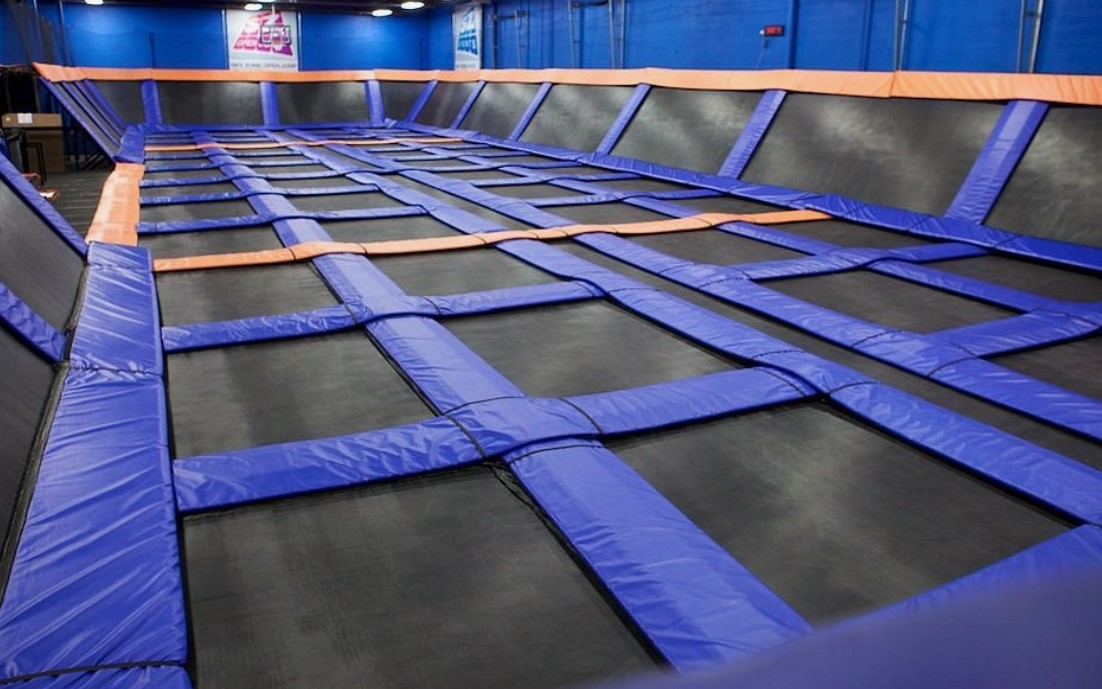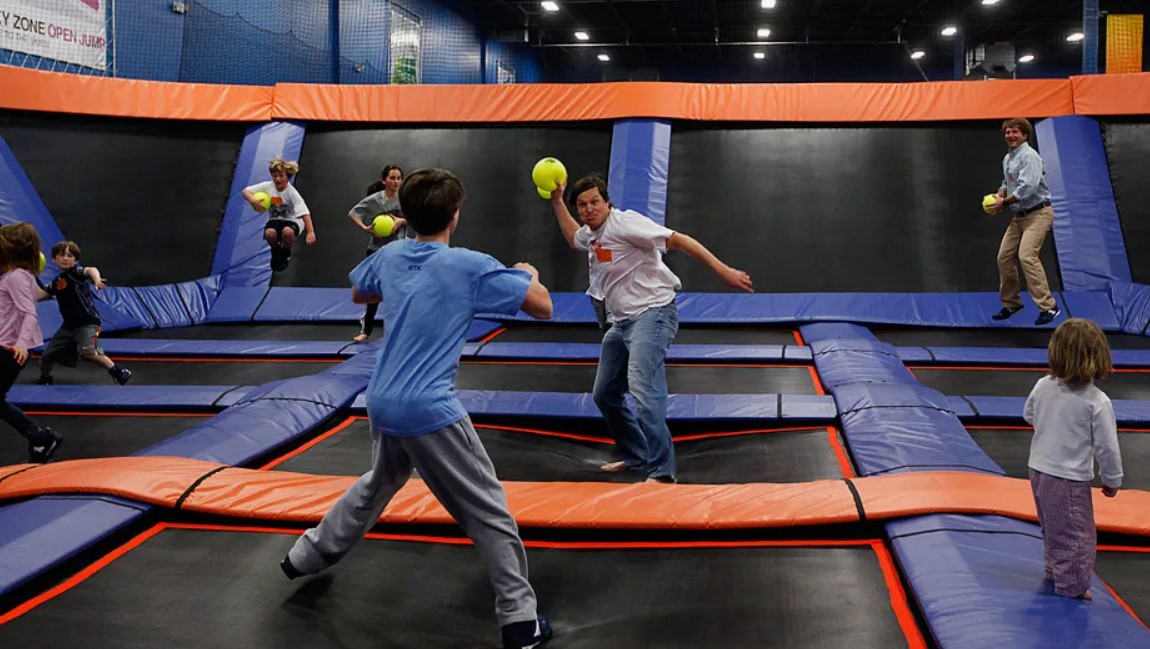Soft Playrooms for Children: Enhancing Safety, Creativity, and Development in Indoor Play Spaces
Organizing children’s play areas is a crucial responsibility for the owners and managers of preschools, children’s indoor playgrounds, and entertainment centers. These environments must be both safe and stimulating, fostering a sense of adventure while ensuring the well-being of young participants. Soft playrooms, equipped with versatile and comfortable soft play modules, have emerged as a top solution for meeting these needs. In this comprehensive guide, we’ll explore the advantages of soft play modules, the various types available, and the multifaceted benefits they offer to children, caregivers, and educational institutions.
Page Content
The Growing Importance of Soft Playrooms
Soft playrooms have become increasingly important as society recognizes the value of play in child development. Modern parenting philosophies and educational approaches emphasize the role of play not just for entertainment but as a foundational element for learning and growth. Soft playrooms provide a controlled environment where children can safely explore, interact, and learn through hands-on experiences.
Why Choose Soft Playrooms?
- Enhanced Safety Standards
Traditional playrooms often feature hard furniture and rigid structures that can pose safety risks. Soft playrooms eliminate these concerns by offering an environment designed to minimize injuries. The soft, cushioned materials reduce the risk of bumps, bruises, and other common playground mishaps. - Inclusive Design
Soft playrooms are accessible and inclusive, catering to children of varying abilities. The modular design allows for customization, enabling spaces to be adapted to the needs of all children, including those with physical or sensory challenges. - Encouragement of Physical Activity
In an era where screen time often dominates children’s leisure activities, soft playrooms encourage physical movement. Active play helps in the development of gross motor skills, muscle strength, and overall fitness, contributing to healthier lifestyles from a young age.

Types of Soft Play Modules
Soft play modules are diverse, with options designed to cater to different developmental needs and play styles. They can be broadly categorized into three main types: frameless structures, developmental models, and sports sets. Each category offers unique features and benefits.
1. Frameless Structures
Frameless structures are essential for creating a soft, cozy play environment. They include soft poufs, sofas, armchairs, tables, and storage units. These pieces are foundational for any soft playroom setup.
🡪Comfort and Versatility
Frameless structures provide comfortable seating and functional furniture that can be easily rearranged to suit various activities. Children can use these pieces for lounging, reading, or group activities.
🡪Child-Friendly Design
With no sharp edges or hard surfaces, frameless structures ensure that children can play without the risk of injury. The lightweight nature of these items also allows children to move and arrange them independently, fostering a sense of autonomy and responsibility.
2. Developmental Models
Developmental models are specifically designed to stimulate cognitive growth, creativity, and problem-solving skills. They include contour toys, play modules, and large construction sets.
🡪Contour Toys
These large, soft objects serve multiple purposes. They can be used as standalone play items or incorporated into imaginative play scenarios. For example, a contour toy might function as a pretend mountain, a piece of furniture, or an obstacle to navigate.
🡪Play Modules
These are modular elements that children can combine in various ways to create different structures. Whether building a house, a boat, or a train, play modules encourage imaginative play and collaborative problem-solving.
🡪Large Construction Sets
Consisting of numerous pieces in various shapes and sizes, these sets enable children to build complex structures. They promote spatial awareness, logical thinking, and cooperative play, as children often work together to bring their visions to life.
3. Sports Sets
Sports sets are designed to introduce physical challenges and encourage active play. They include items like mats, rollers, rings, ladders, slides, and climbing frames.
🡪Physical Development
By incorporating sports sets into playrooms, children can engage in activities that build strength, coordination, and balance. These sets provide safe, low-impact ways for children to explore physical movement.
🡪Confidence Building
Successfully navigating a climbing frame or balancing on a roller boosts a child’s confidence and willingness to take on new challenges. This resilience translates to other areas of life, fostering a positive attitude towards problem-solving and perseverance.
Practical Benefits of Soft Play Modules for Children
The integration of soft play modules in children’s playrooms offers a wealth of practical benefits that extend beyond mere entertainment. These benefits encompass various aspects of physical, cognitive, emotional, and social development.
1. Development of Spatial and Logical Thinking
Soft play modules encourage children to understand spatial relationships and improve their logical reasoning skills. Whether stacking blocks, building structures, or navigating through obstacle courses, children develop an intuitive understanding of space, form, and function.
🡪Spatial Awareness
By manipulating soft play modules, children learn about dimensions, proportions, and spatial orientation, which are critical skills for later subjects like mathematics and science.
🡪Problem-Solving Skills
Constructing and deconstructing structures requires planning, foresight, and critical thinking, all of which contribute to stronger problem-solving abilities.
2. Stimulation of Imagination and Creativity
Soft playrooms are a haven for imaginative play. The open-ended nature of soft play modules allows children to invent countless scenarios and narratives, enhancing their creativity and fostering a love for storytelling.
🡪Imaginative Play
Whether pretending to be explorers, builders, or chefs, children use play modules to bring their ideas to life. This kind of play is crucial for cognitive flexibility and creative thinking.
🡪Artistic Expression
By interacting with various shapes, colors, and textures, children develop an appreciation for aesthetics and design, laying the groundwork for artistic endeavors.
3. Improvement in Color and Shape Recognition
Soft play modules often come in bright, engaging colors and distinct shapes, making them effective tools for teaching basic concepts of color and shape recognition.
🡪Educational Value
Caregivers can use playtime to reinforce lessons about colors, shapes, and patterns, turning play into a rich learning experience.
🡪Early Cognitive Development
Recognizing and naming colors and shapes helps in developing cognitive skills and language acquisition.

4. Enhancement of Fine Motor Skills and Coordination
Handling soft play modules, whether for stacking, building, or navigating, improves fine motor skills and hand-eye coordination.
🡪Motor Skill Development
Activities like stacking blocks or fitting pieces together help refine a child’s dexterity and precision.
🡪Coordination and Balance
Using sports sets like mats, rollers, and climbing frames enhances overall physical coordination and balance, essential for tasks such as walking, running, and sports.
5. Promotion of Physical Fitness
Soft play modules encourage movement and physical activity, which are essential for maintaining a healthy lifestyle.
🡪Active Play
The physical nature of soft play modules ensures that children engage in exercises that promote cardiovascular health, strength, and flexibility.
🡪Energy Outlet
For young children, active play provides a necessary outlet for energy, helping them stay focused and calm during quieter activities like learning or reading.
6. Development of Social and Emotional Skills
Soft playrooms provide a social environment where children learn to interact, share, and cooperate with their peers.
🡪Teamwork and Collaboration
Building structures or engaging in group play requires communication and cooperation, teaching children valuable social skills.
🡪Emotional Resilience
Through play, children experience successes and failures, helping them develop emotional resilience and the ability to handle challenges constructively.
Conclusion: The Transformative Role of Soft Playrooms
Soft playrooms represent a transformative approach to indoor play spaces, offering a blend of safety, creativity, and developmental benefits. By integrating soft play modules, educational institutions and entertainment centers can create environments that nurture children’s physical, cognitive, and social growth.
These playrooms are not just places for children to expend energy; they are spaces where foundational life skills are developed, from problem-solving and creativity to social interaction and physical fitness. The investment in soft playrooms is an investment in the holistic development of children, ensuring they grow up to be well-rounded, capable, and confident individuals.
By choosing soft playrooms, caregivers and educators can provide enriching experiences that prepare children for future learning and life challenges, all within the safe and imaginative confines of a thoughtfully designed indoor play space.
“Veganism is not a sacrifice. It is a joy.” -Gary L. Francione


